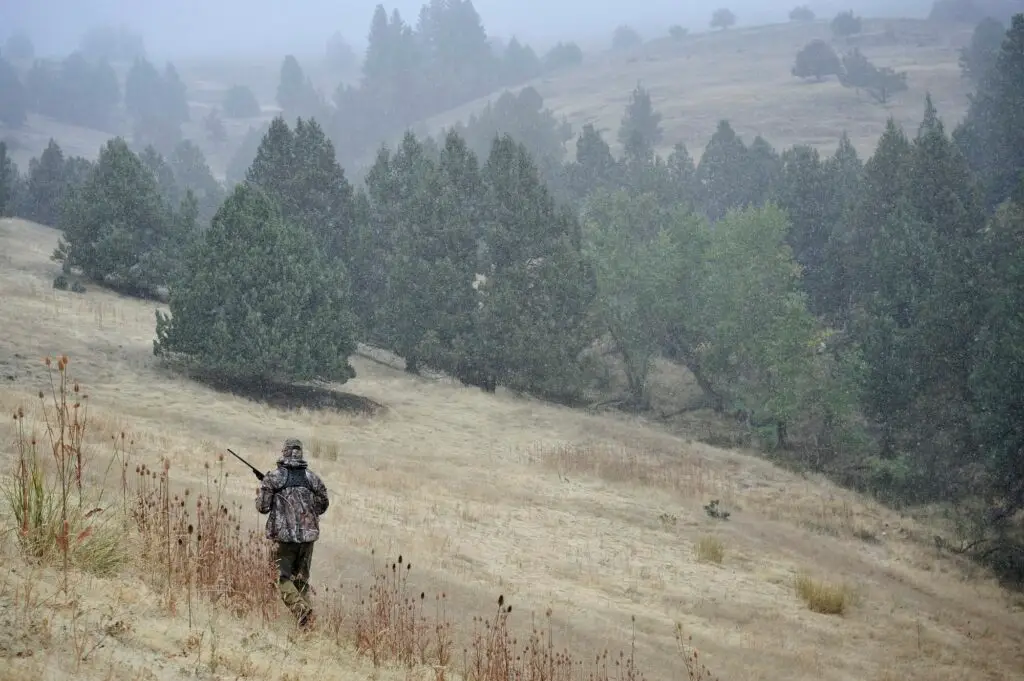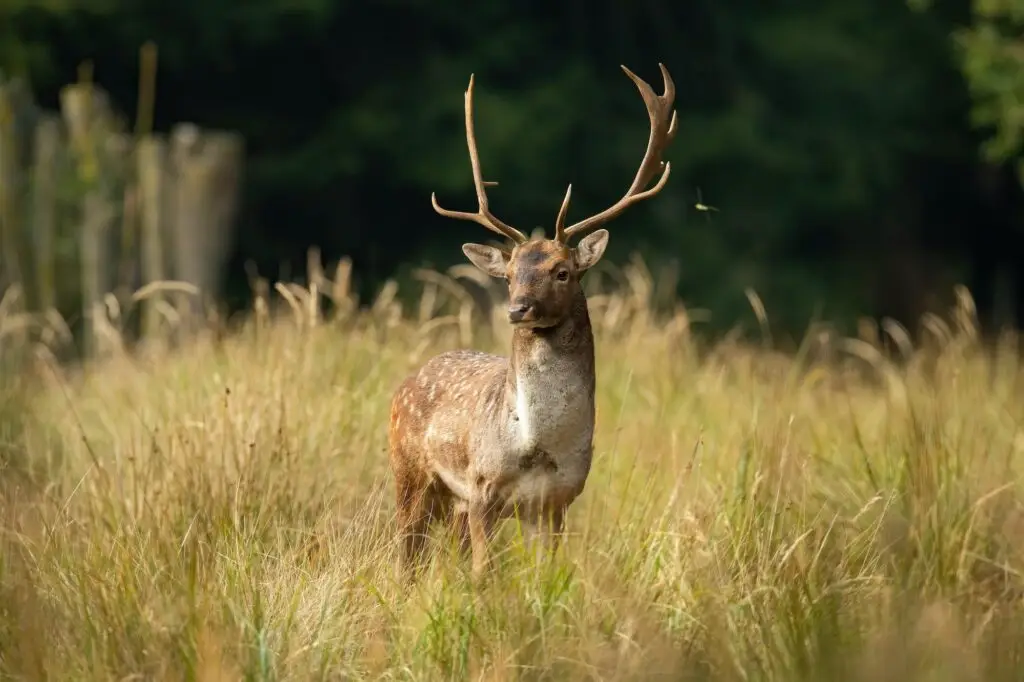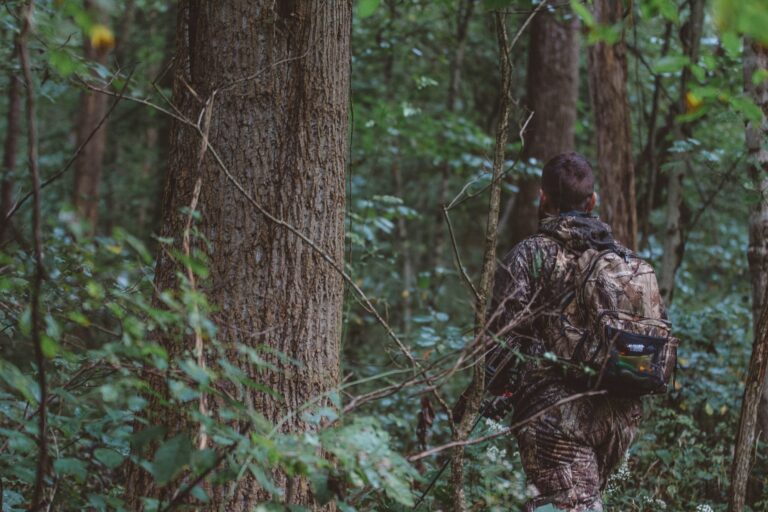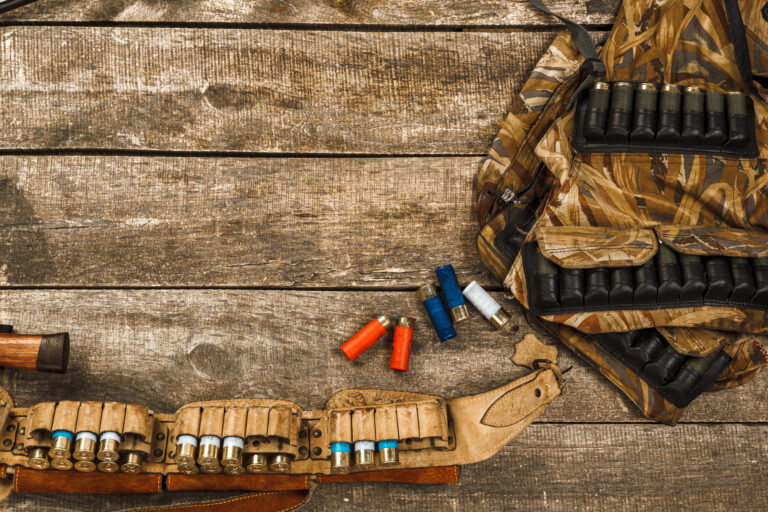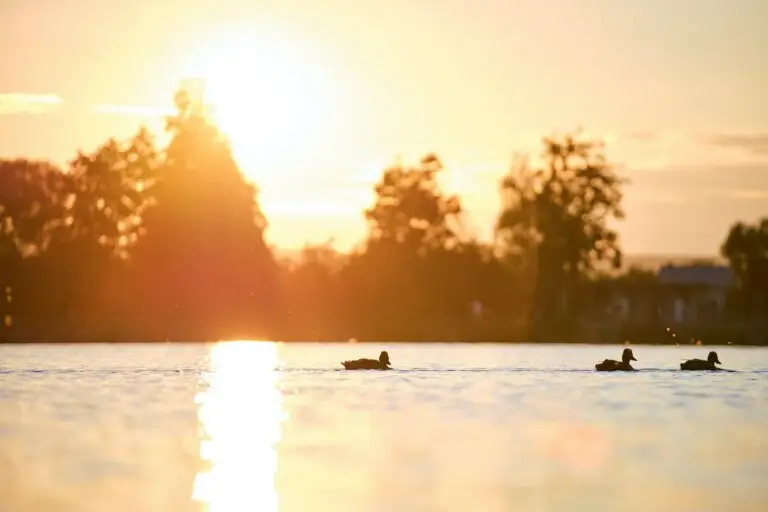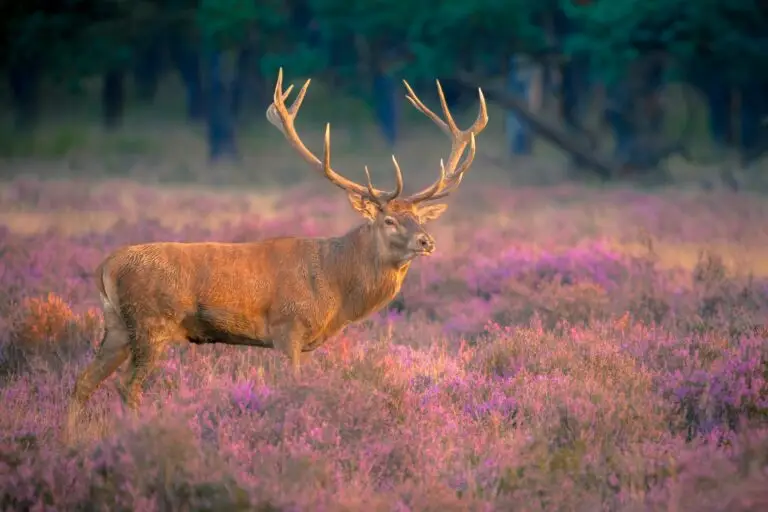Depending on when and where you hunt your deer, you probably regularly experience certain levels of wind. I’m here to tell you that if you look up your forecast before the hunt and see some concerning wind speeds, it might not be all that bad.
Wind can be a great adversary, but just exactly how much wind is too much for deer hunting?
When you venture into the realm of deer hunting, understanding the impact of wind conditions can be crucial to optimize your chances of success. Not just because the wind is annoying and loud, but also because it changes deer behavior as well as their scent detection.
In this post, I will explore the considerations and strategies you can keep in mind to help you in windier conditions — and of course answer the question: how much wind is too much for deer hunting.
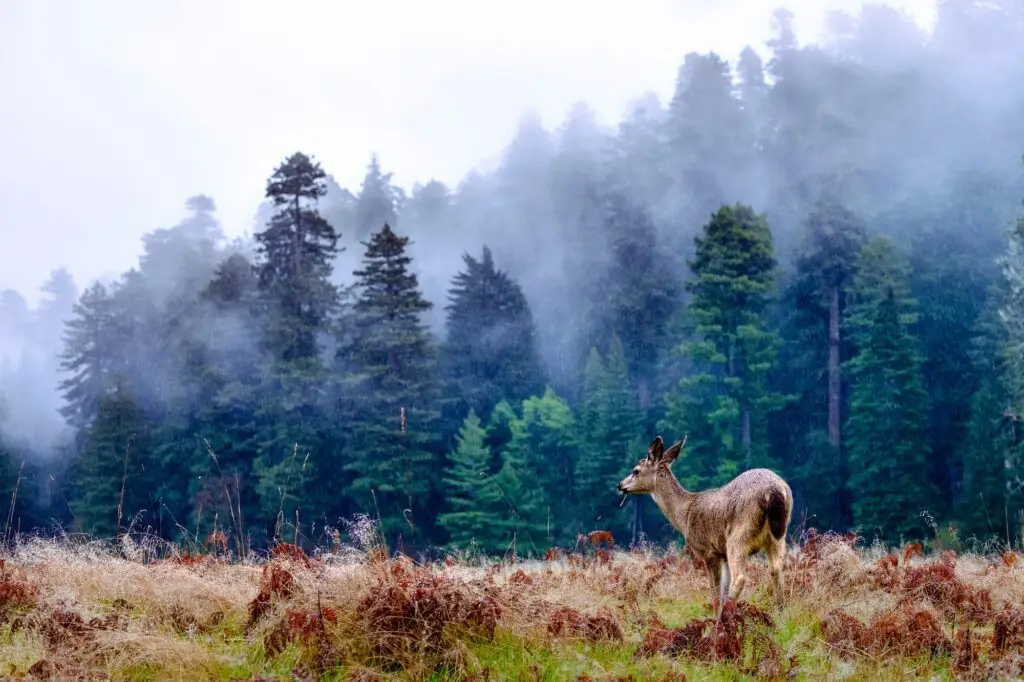
The Importance of Wind Direction
If you’re already familiar with deer hunting, you know they have an extraordinary sense of smell. However, it’s not perfect – and is heavily influenced by wind, weather, and the expertise of the hunter. Check out our deer scent guide here to learn more!
To put it plainly: wind direction is going to completely mess with the deers smelling capabilities. This means that good hunter knows how to leverage the wind to their advantage.
The wind direction in deer hunting refers the positioning yourself so that the wind is blowing from the deer toward you. Essentially carrying your scent away from the deer. If you’re new to hunting, this is the strategy people refer to say when they “hunting with the wind in your favor“.
Hunting with the wind in your favor creates a buffer zone between you and the deer, and the higher the winds, the lower chance the deer has of feeling you near.
To find out which way the wind is blowing, collect a small amount of dirt or pine needles and watch where they go. Remember to repeat this frequently as the wind’s direction can change several times during the day!
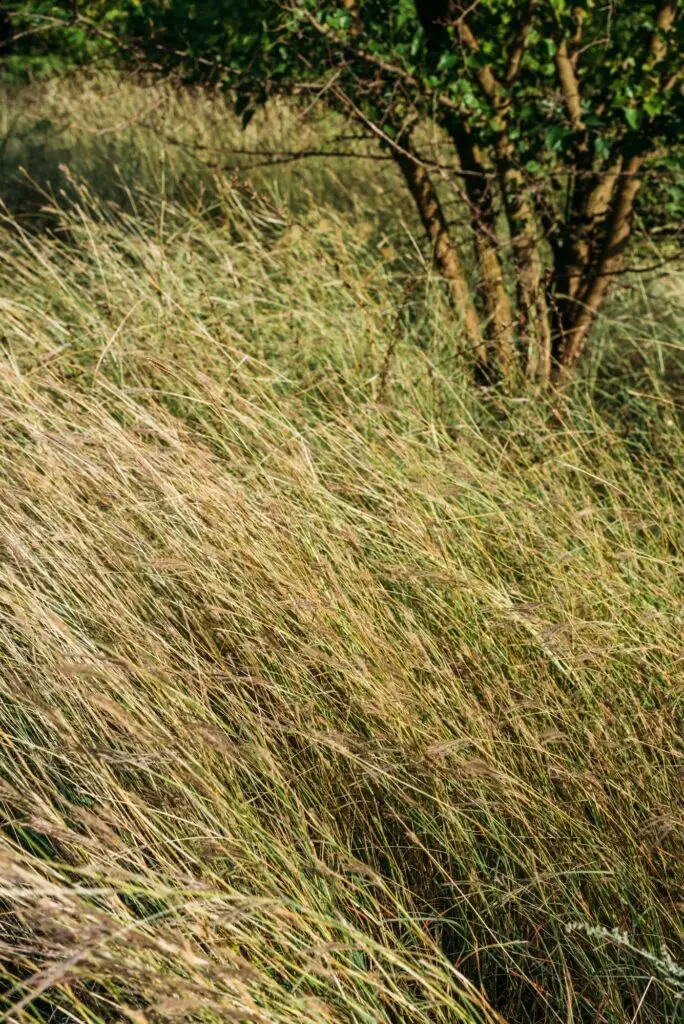
Understanding Wind Speed
So how much wind is too much for deer hunting?
The reality is that there is no universally defined threshold that determines whether it is too windy, however, there definitely is a line where it stops being fun.
Lighter winds are great — strong gusty conditions, however? Not so much.
When determining whether the wind is too strong, I like to keep a few things in mind:
Stealth
If the wind is too strong it becomes challenging to move stealthily because of the movement of brushes and gear, it is going to be problematic to approach deer or make subtle adjustments for a shot.
Stability
If the wind is so strong that I can’t get a steady shot, I would also rather stay at home. Not because it makes it necessarily impossible to shoot, but because I don’t want to risk only injuring an animal because the wind was too strong.
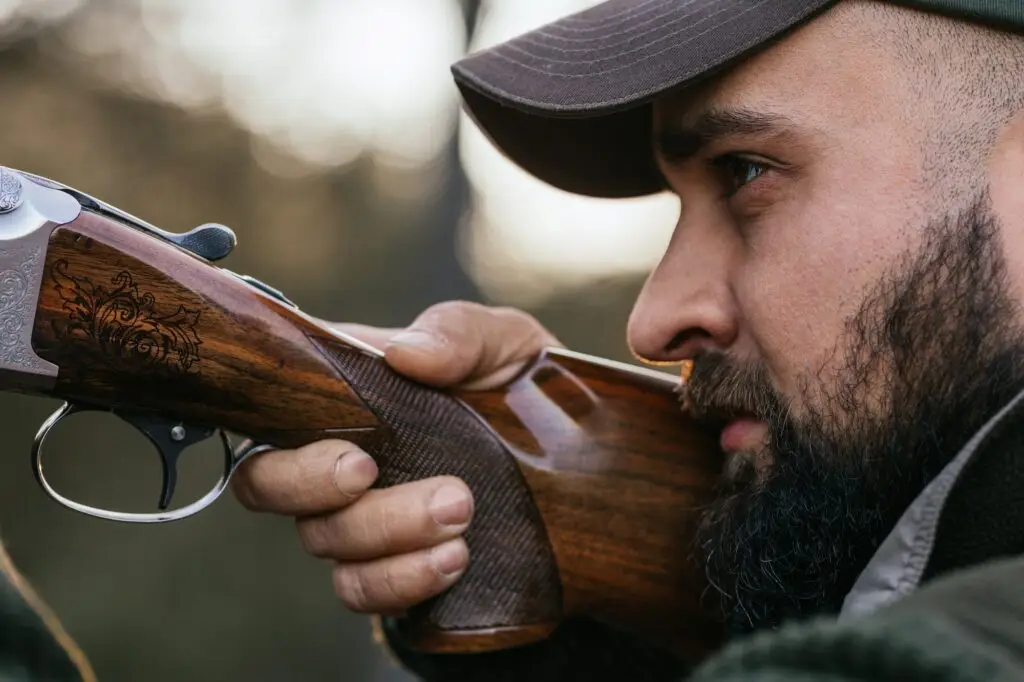
Sound
If you’re dealing with truly gusty and turbulent winds, there’s going to be a lot of noise. Depending on the vegetation where I am hunting, this might interfere with my ability to hear approaching deer. I don’t want to miss a shot because I couldn’t hear over the winds.
Visibility
Again, also depending on the vegetation of my hunting location, the constant movement of leaves, branches, and other objects might significantly reduce visibility in high winds. Especially if you’re at a distance.
Now if there are strong winds, but I don’t think either of these four categories will be impaired — I’ll usually suck it up and get out there. Part of being a good hunter is embracing the elements, and if it didn’t stop hunters from gathering food back in the day – I don’t see why it should stop me now.
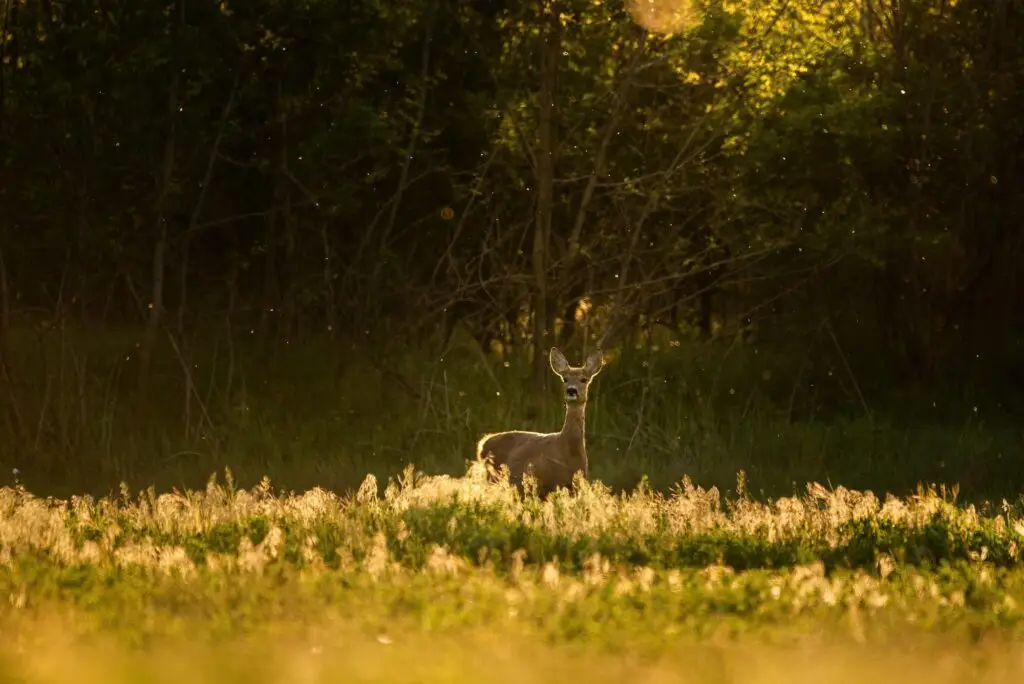
Noise Amplification
If you didn’t know already, windy conditions will often amplify sounds. Strong winds have the remarkable ability to magnify even the slightest noises, which can (and probably will) alert nearby deer to your presence.
However, this doesn’t mean that you can’t hunt in the wind. You just have to work around it, and approach your strategies differently.
Deer have incredibly sensitive hearing, and they are always alert and attuned to the sounds of their surroundings. Meaning that any sound that could be unnatural is going to send them fleeing.
Deer also know that wind makes their lives more dangerous, so in high winds, their behavior is going to come off as more skittish.
If you’re hunting in high winds, approach the hunt with the wind as an affix that you work to counter.
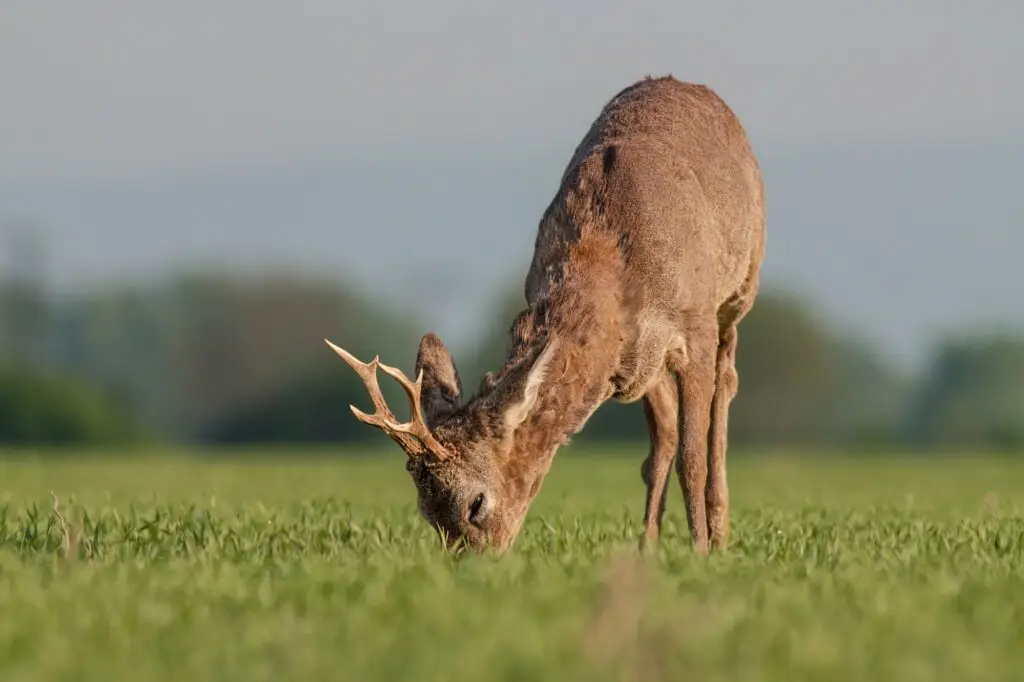
First, slow and cautious movements.
“Well duh,” you’re probably thinking. And that’s fair, but this time approach the slow and cautious movements around the rustling of leaves and trees. Place your next step intentionally with the wind in mind to ensure that each step doesn’t create sounds that could come off as unnatural to your prey.
Second, minimize unnecessary movements. Don’t do any sudden gestures, fidget, or reach for equipment that isn’t absolutely necessary. In low wind conditions, you have a little bit more leeway — but in high winds, you need to put your alertness and stealthiness to the test.
Learn what sounds your equipment makes, and be mindful of it. Is there velcro that you’re going to have to rip open? Does your backpack generate loud sounds when dragged across the ground? Take extra care when setting up or adjusting your gear, so that you minimize “accidental” sounds that can come from our gear.
And, of course, as I mentioned earlier, use the wind to your advantage. Wind can definitely amplify sounds, but with the right positioning, it can also help mask them. Make sure that the wind direction moves from the deer towards you, and they will be much less likely to pinpoint your direction based on the noise you make.
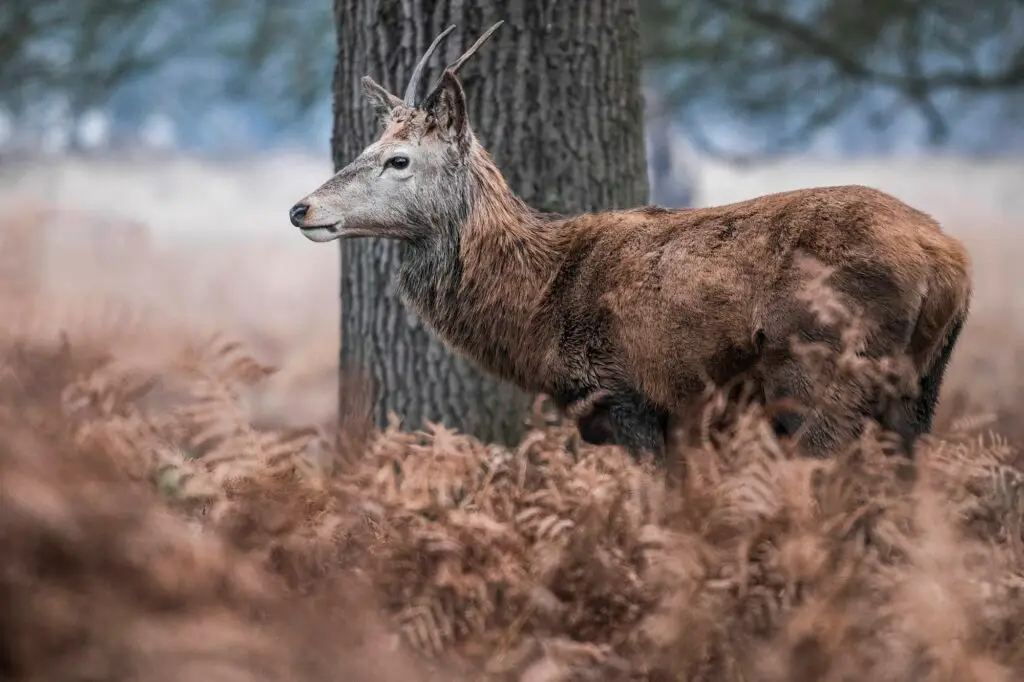
Deer Behavior in Windy Conditions
Windy weather has a big impact on how deer behave, and understanding their reactions can help you adjust your hunting strategy for better results. Here’s what you need to know:
Deer are more cautious and alert during windy conditions. The rustling of trees and the movement of vegetation put them on high alert, making it harder to approach them undetected.
In gusty weather, deer seek out areas with more cover. They look for sheltered spots like thickets, woods, or slopes that shield them from the strong winds. By positioning themselves in these areas, they find relief while staying hidden.
Windy conditions also affect deer movement. They’re less likely to venture into open fields or large areas exposed to strong and unpredictable winds. Instead, they stick to places with natural windbreaks or terrain features that offer protection. This makes it trickier to spot and approach them during your hunt.
To adapt to windy conditions, focus on areas with dense vegetation or natural windbreaks, like thickets, woods, or valleys. These spots are more attractive to deer seeking shelter from the wind, increasing your chances of encountering them.
Adjust your approach and choose ambush points near the edges of the cover or along known deer travel routes. This way, you’ll intercept them as they seek refuge instead of targeting open fields or exposed areas.
Watch for wind currents, especially around hills, valleys, or ravines. Windy conditions create swirling and unpredictable currents. By understanding how these affect deer movement, you can position yourself advantageously and avoid being detected downwind.
Be patient and observant. Windy conditions may cause deer to move less or bed down in secure locations. Take your time scanning the area and look for subtle signs like flicking ears or movement in the cover. Staying patient and observant increases your chances of spotting deer even when their movement is reduced.
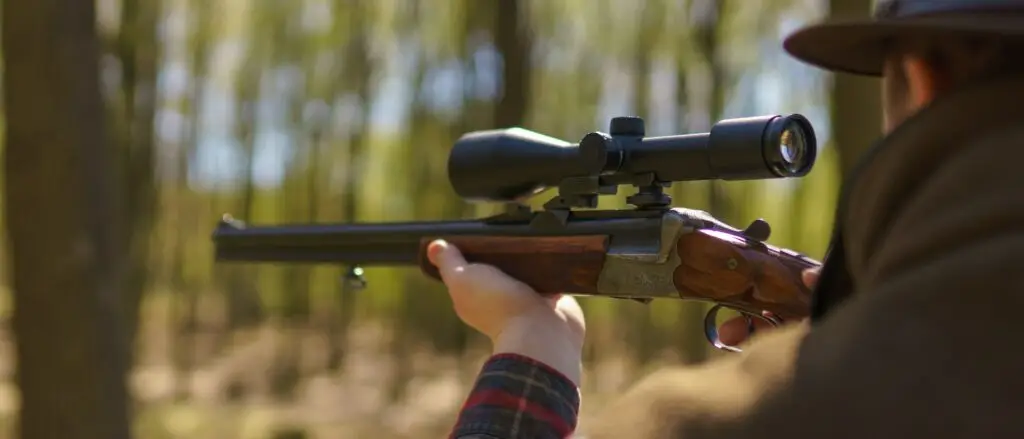
Utilizing Wind Patterns to Your Advantage
Remember, if you’re an avid hunter – the wind is going to be inevitable. Make it your friend.
Before heading out in windier conditions, learn how to make the wind your ally. Here are 7 great tips that have helped me!
#1 – Study the terrain
Understand how the local topography affects wind currents. Valleys, ridges, and hills can create wind tunnels or swirling currents. Tools like these can help you greatly!
#2 – Find wind tunnels
Identify areas where the wind is channeled, like valleys and ridges. Vegetation and other indicators can guide you. These wind tunnels change wind direction and speed, so keep an eye out for them!
#3 – Position downwind
Once you know the wind patterns, strategically position yourself downwind of deer movement areas. This means placing yourself where the wind blows from the direction the deer are likely to come from. By doing so, you reduce the chances of your scent reaching them and significantly increase your chances of going undetected.
#4 – Utilize natural windbreaks
Take advantage of dense vegetation, trees, rocks, or other physical features that disrupt or redirect the wind. Position yourself near these natural windbreaks to mask your scent and provide additional cover.
#5 – Stay adaptable
Wind patterns can change throughout the day due to temperature variations. Continuously monitor the wind direction and adjust your hunting stance accordingly.
#6 – Consider thermals
Thermals, the movement of air caused by temperature differences, play a role in wind patterns, especially in hilly or mountainous terrain. During early morning or late evening hunts, cool air flows downhill, while warmer air rises uphill. Understanding thermals helps you anticipate wind behavior and adjust your strategy.
#7 – Practice wind discipline
While utilizing wind patterns gives you an advantage, practice proper wind discipline. Be mindful of your scent and take precautions to minimize it. Use scent control products, wear appropriate clothing, and avoid introducing foreign odors to your hunting area.
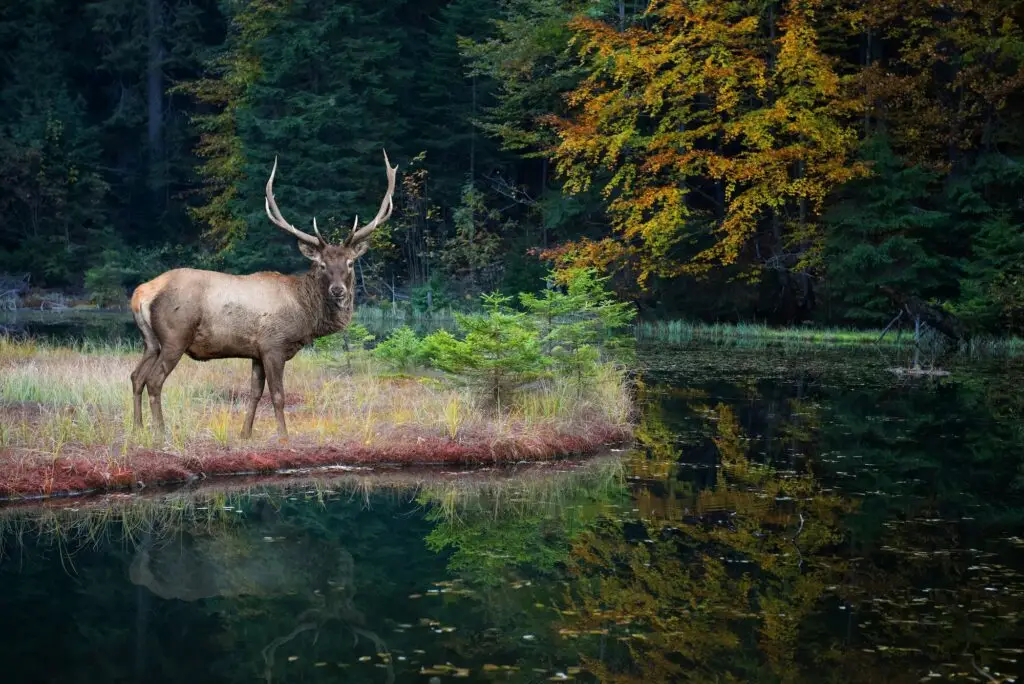
How Much Wind Is Too Much For Deer Hunting?
Well, that’s going to depend on your experience, patience, and skill.
Regardless, building a skillset of hunting in windy conditions is going to do nothing but make you a better hunter. For deer hunting, you don’t have to worry about wind being dangerous – but too much might definitely hurt your chances of success.
Understanding how to use wind as your adversary will make you a significantly better hunter overall, and open up a much wider range of opportunities for you.
Good luck, and happy hunting!
Looking for more hunting-related content? Check out our vast library of resources here!
